Superconductor technology allows solutions ranging from power components operating at very high current densities to quantum-based electronic circuits. Key features are higher efficiencies, higher currents, fields and forces, higher power densities, smaller weight and size, higher resolutions, quantum-precision sensitivities or ultra-high speed. More specific information for the various devices may be found under Superconductivity.
Thus in several respects superconductors offer very high technical performance and unique functionalities which make them a first choice for overcoming technological barriers in offering new innovative concepts thereby enabling sustainable solutions through energy and materials efficiency. More information about technologies and key players in Europe is presented under Products.
| Cooling | LTS Materials | HTS Materials | NMR |
| Health Care | Accelerators | Fusion | Overview Energy |
| Power Transportation | Grid Technology | Rotating Machinery | Energy Storage & Electronics |
COOLING
Cooling is State of the Art and Economically Beneficial
One key task for the implementation of superconductive components is their operation at cryogenic temperatures, i.e. the cryogenic insulation and the supply of liquid cryogens like Helium (LHe, 4.2 K), Hydrogen (LH2, 21.2 K), Neon (LNe, 27.2 K) and Nitrogen (LN2, 77.2 K) or, alternatively, the operation of cryocoolers adequate for the specific application. In addition, materials and components with appropriate mechanical, thermal and electrical properties qualified for low temperature operation have to be used. However, all this is state of the art and proven technology: Thousands of Magnetic Resonance Imaging (MRI) systems have been operated reliably over tens of years worldwide, demonstrating that cryogenics can be made invisible, efficient & reliable.
Time intervals for the refill of LHe tanks used in MRI or Nuclear Magnetic Resonance Spectroscopy (NMR), have been extended to the range of several years now. So called cryogen-free systems which rely on conduction cooling are becoming more popular in recent years as they allow for the total omission of cryogen liquids as coolant.
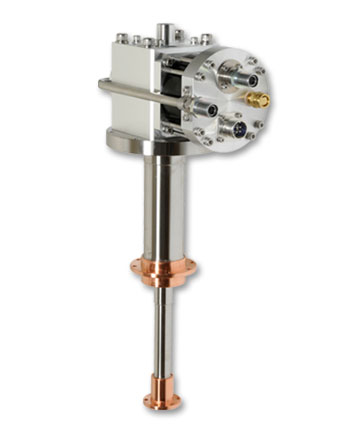
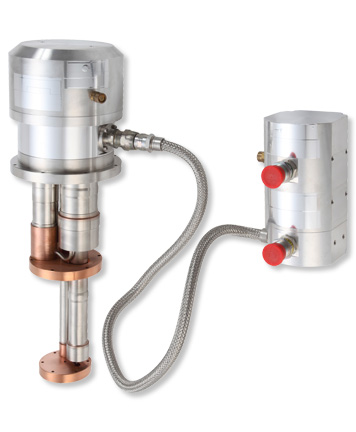
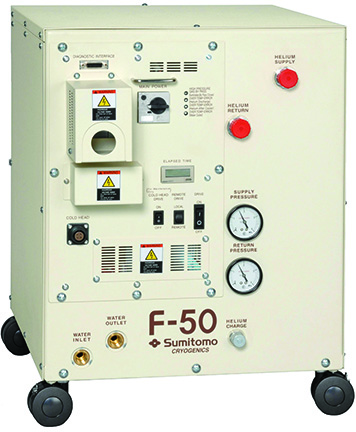

LTS Materials for Large Scale Applications
Nearly all LTS applications are based on NbTi, Nb3Sn or other A15 phases i.e. intermetallic compounds with the chemical formula A3B (where A is a transition metal and B can be any element) and a specific structure. By far the majority of the LTS applications are magnet applications with performances otherwise technically unachievable.Different applications even require a variety of different types of conductors. In general, LTS wires represent a mature viable technology today providing a solid basis for magnet applications in science, research and technological development (RTD) incl. Nuclear Magnetic Resonance Spectroscopy (NMR), in Magnetic Resonance Imaging (MRI) and in new emerging, mostly industrial applications. Due to the sometimes very tough requirements as regards the conductor technology, these high-current high-field applications will essentially remain LTS-based for the next several years.
Many LTS magnet systems are utilizing single wires. However, a lot of applications are requiring stranded wires or cables, e.g. in fusion all magnets are based on LTS cables. Various cable concepts exist that have been developed as optimized solutions for different application scenarios. Cable designs are e.g. used to improve the cooling of the superconductor, to reduce the inductance of coils, and to provide structural support.

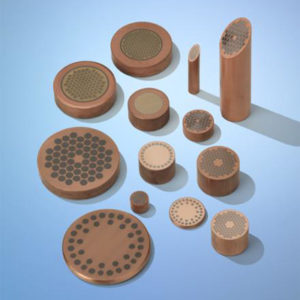
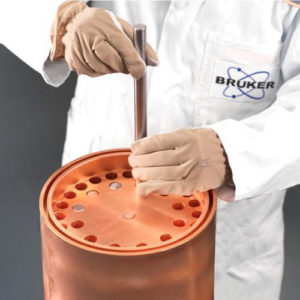
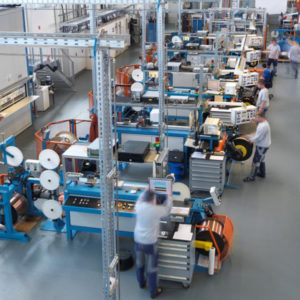

HTS Materials for Large Market Penetration
Different HTS materials are currently used for long-length wires and tapes needed e.g. for cables and different types of windings. Initially the worldwide focus was on Bi-HTS, the so-called first generation HTS (1G-HTS) which require Ag tubes and use conventional powder-in-tube technology together with a rolling-induced texturing step. However, these route is no longer followed in Europe due to the silver price which prevents driving down the material cost to really low levels required for mass applications in power engineering. This opportunity is seen for the so-called second generation HTS or Coated Conductors (2G-HTS) which are based on well-textured REBCO films deposited on metal substrates. The lower material cost in conjunction with the prospect of operating at elevated temperatures, also under higher field conditions, has stimulated intense worldwide developments. Different deposition technologies for the various layer architectures of these coated conductors were developed worldwide. Physical vapour deposition and chemical solution deposition technologies are marking the main two routes, both are transferred into pilot production targeting different market segments.
Other Superconducting MaterialsFor moderate field applications also another material finds increasing interest, the MgB2, which in terms of operating temperature and manufacturing complexity lies somewhere between LTS and HTS. There are further superconducting materials e.g. recently discovered Fe-based superconductors. These materials are still subject of science and research but are not utilized for the production of commercial superconductors for applications.
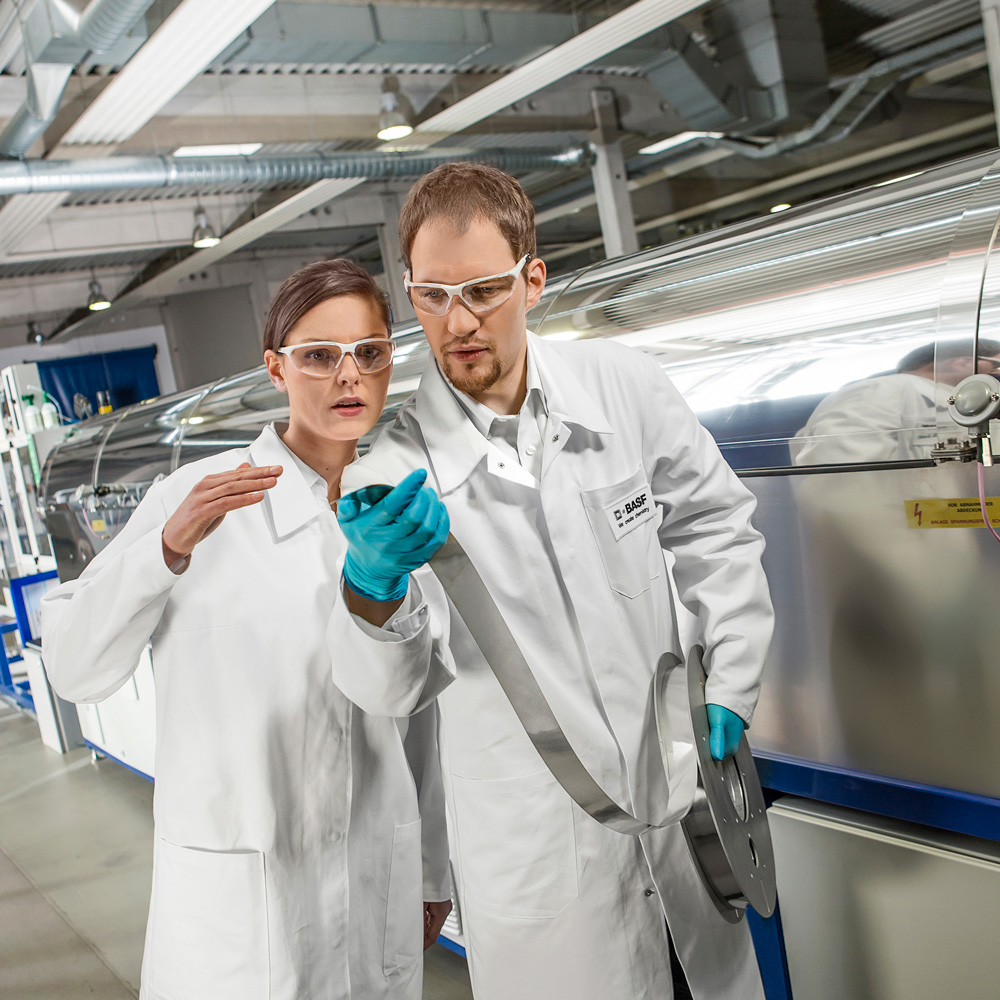
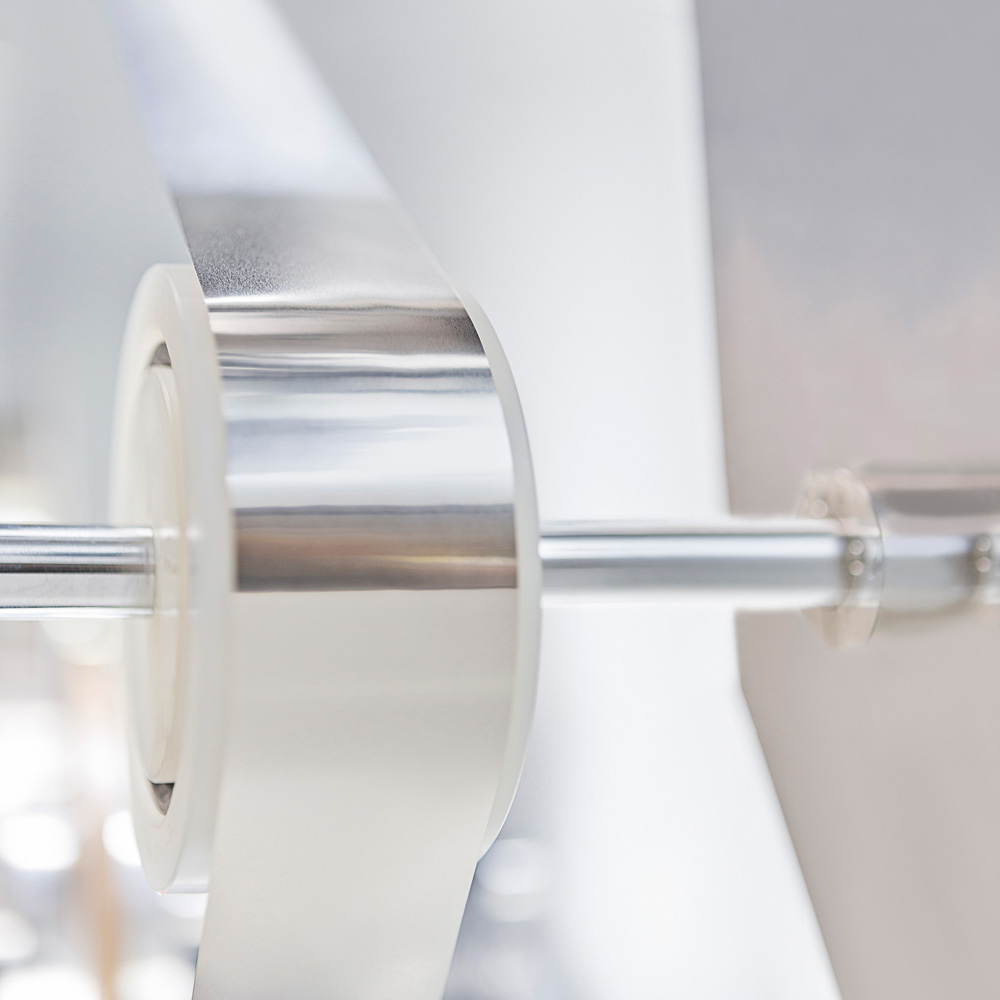

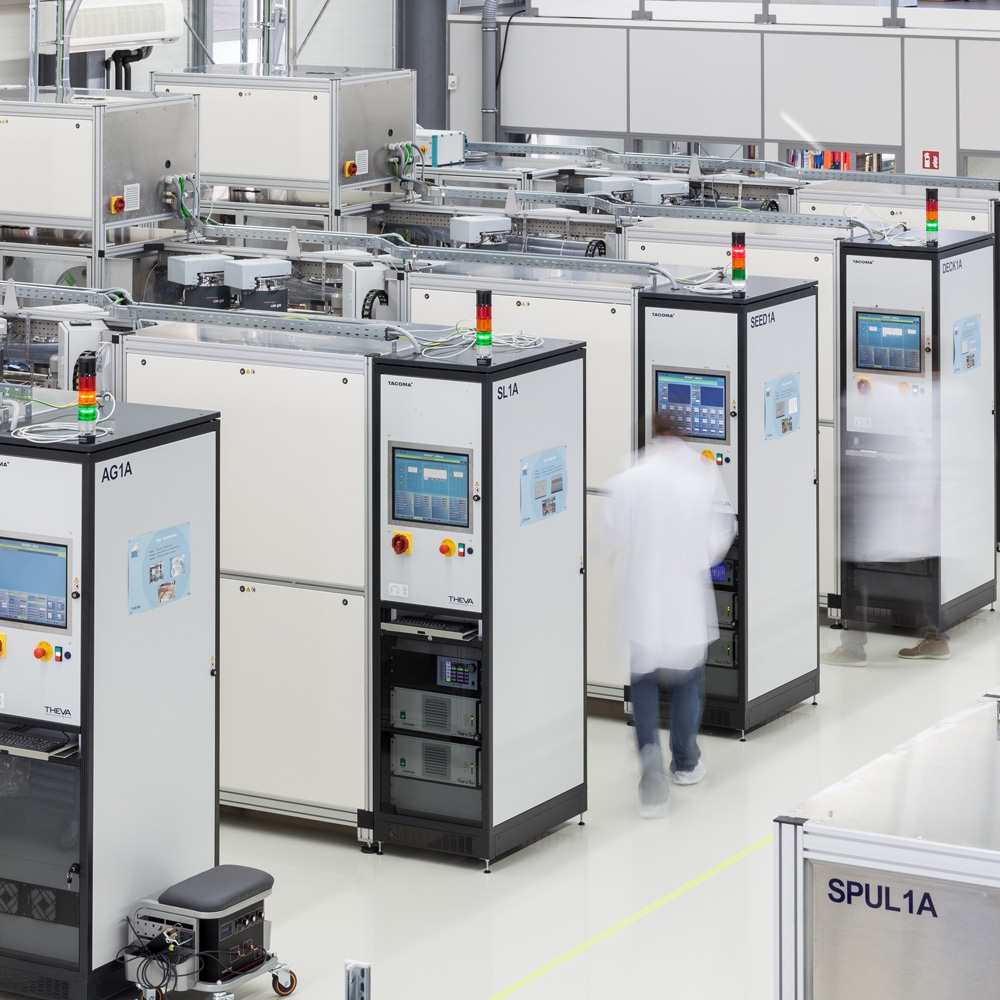
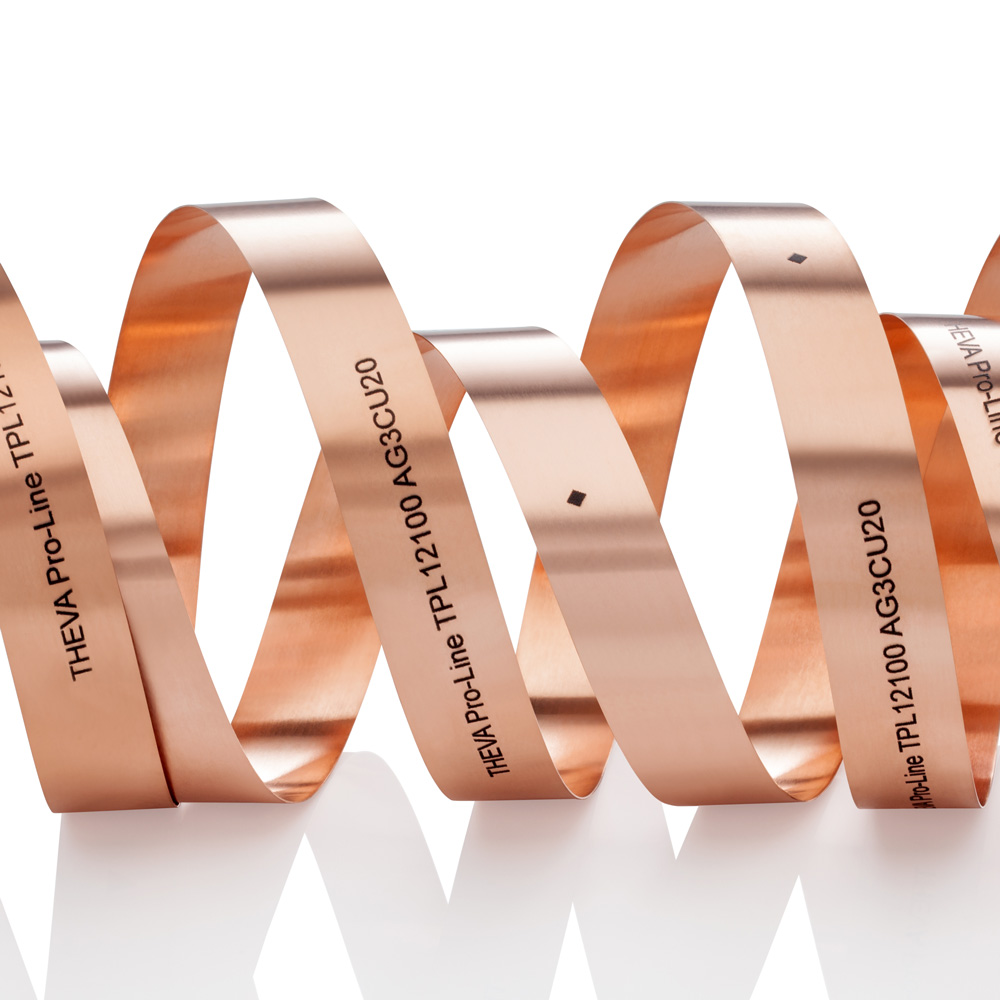
NMR – Unique and Established Technology
NMR is a powerful analytical tool and is considered to be one of the most important techniques in modern science, with applications in physics, chemistry, materials science, biology and medicine.
Nuclear Magnetic Resonance Spectroscopy (NMR) requires the currently highest magnetic fields with ultimate spatial homogeneity and temporal stability. NMR then allows to monitor e.g. organic macro molecules with highest spectral resolution thereby providing an increasingly important analytical tool for the pharmaceutical industry and other life sciences. This has resulted in very significant growth rates for very high-field superconducting magnets.
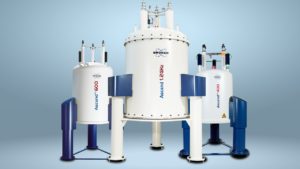
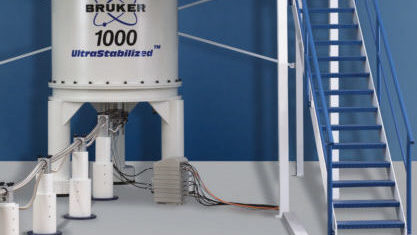

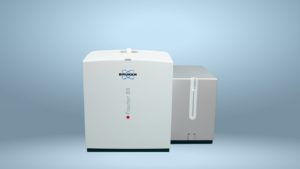
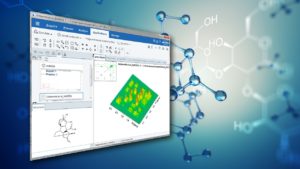
HEALTH CARE
MRI is a Standard Technology and the Biggest Market Today
By far the biggest market for superconductivity today is Magnetic Resonance Imaging (MRI) which started off at the beginning of the eighties. It has become a standard diagnostic tool routinely used in hospitals and surgeries. In addition to the use of whole-body systems using quite big solenoid coils, also smaller open systems based on split coils have attracted growing interest over the last few years, because they allow, for example, interventional surgery.
New medical applications include Positron Emission Tomography and cancer treatment using proton therapy.


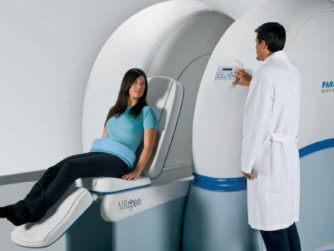
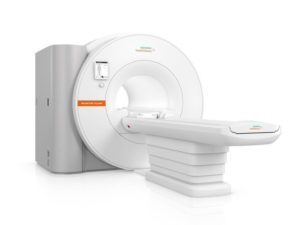
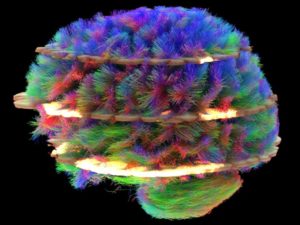
ACCELERATORS
Accelerators are World´s Largest Machines
Material sciences, as well as nuclear and particle sciences of today utilize particle accelerators to gain a better understanding of the world on an atomic or even subatomic level. Superconductivity is an enabling technology for the realization and improved efficiency of such accelerator machines.
In accelerators superconducting magnets (typically dipoles, quadrupoles and higher order multipoles) provide the high forces needed to guide the particle beam. Besides these magnets superconducting high frequency resonators, so called cavities, can be used for particle acceleration.
The most important examples of superconducting accelerator technology in Europe are referred to in the following:
The Large Hadron Collider – LHC
The Large Hadron Collider (LHC) is the world´s largest and most powerful particle accelerator. It is part of the accelerator complex at CERN, the European Organization for Nuclear Research, near Geneva, Switzerland. The LHC is a circular accelerator with a circumference of 27 kilometers housing more than 1000 superconducting magnets and accelerating devices. It is also the world’s largest superconducting machine and became famous for the detection of the Higgs particle, also referred to as the “God particle”, which explains why some fundamental subatomic particles have mass. Extremely strong magnets with the highest demands on close tolerances are necessary to generate a magnetic field which is 100.000 times stronger than the earth´s magnetic field. Without superconductivity, it would not have been possible to build the LHC in the existing tunnel.
Superconductivity is also needed for the magnets of huge detectors that are implemented in the interaction areas accelerators, like Atlas or CMS experiments, made with Niobium Titanium superconductor.
The Facility for Antiproton and Ion Research – FAIR
The Facility for Antiproton and Ion Research (FAIR) is a large accelerator system integration under construction at GSI (Gesellschaft für Schwerionenforschung) in Darmstadt, Germany. This installation will give new insights to the interaction between nuclear particles. FAIR uses superconducting technology for its fast-ramped synchrotron, a compact circular accelerator, called SIS 100, that will be charged and uncharged in a 4 Tesla per second cycling mode. At FAIR more than one hundred superconducting dipoles with a maximum field of 1.9 Tesla will be installed. Superconducting technology increases the efficiency and reduces the running cost of the machine considerably.
Light Sources
Applied and basic researchers from physics to biology use exceptionally intense beams of X-ray, ultraviolet and infrared light as a kind of extraordinary microscope for their research. Light sources are machines generating this kind of light by accelerating electron beams. Modern light sources consist of electron accelerators and magnets that bend, undulate or wiggle the electron in order to generate light. Today most undulators are based on permanent magnets and most wigglers are still resisitive, i.e. are using non superconducting technologies.
However, electron beams can be accelerated very efficiently with superconducting accelerator structures, as it is done at the European X-Ray Laser Project XFEL at DESY in Hamburg. Moreover, superconductors make it possible to overcome boundaries set by conventional materials for the undulating or wiggling magnets. Examples of such superconducting magnet systems are the superconducting wiggler at Diamond Light Source in Oxfordshire UK or the superconducting undulator at the ANKA light source at KIT, Karlsruhe.
FUSION
Nuclear Fusion for Future Energy Supply
Nuclear fusion is the process by which two or more atom nuclei join together, or „fuse“, to form a new heavier nucleus. During this process conservation of mass is no longer valid because some of the mass of the fusing nuclei is converted into energy released. Fusion is the process that powers active stars like our sun.
Thermonuclear fusion appears to be very attractive for future power production as sources of energy for a fusion reactor are just water (containing deuterium oxide) and lithium. Deuterium resources are available for about 1 million years (33g/m3 of water) and inventories of lithium (needed to produce tritium) will be available for thousands of years.
ITER
The International Thermonuclear Experimental Reactor, ITER, is an international project to design and build a fusion reactor using the „Tokamak“ design, today the most advanced and best investigated fusion device concept. ITER, located in Cadarache in the South of France, is one of the most ambitious energy projects today. ITER is intended to prove the viability of fusion as an energy source and to collect data necessary for the design and subsequent operation of the first electricity-producing fusion power plant.
The ITER Tokamak (30 meters tall, 23,000 tons‘ weight) uses superconducting magnets for maximum efficiency. The system comprises 18 superconducting toroidal field (13 Tesla, requiring Nb3Sn) and 6 poloidal field coils (using NbTi), a central solenoid, and a set of correction coils that magnetically confine, shape and control the plasma inside the vacuum vessel. All coils are cooled with supercritical helium in the range of 4 Kelvin (-269°C), in order to achieve superconductivity at high fields. The ITER Tokamak could not be realized without the low temperature superconductor materials Nb3Sn and NbTi.
Wendelstein 7-X
Wendelstein 7-X is an experimental stellarator (nuclear fusion reactor) built in Greifswald, Germany by the Max-Planck-Institut für Plasmaphysik (IPP). The main assembly of Wendelstein 7-X was concluded in 2014. Whithin a dedicated ceremony German Chancellor Angela Merkel switched on Wendelstein 7-X´s first hydrogen plasma on February 3rd 2016.
When completed, Wendelstein 7-X will be the world’s largest fusion device of the stellarator type. Its objective is to investigate the suitability of this type for a power plant. It will also test an optimised magnetic field for confining the plasma, which will be produced by a system of 50 non-planar and 20 planar superconducting magnet coils. Continuous plasma operation is planned for up to 30 minutes. All coils are made of LTS NbTi material and cooled to 5 K by flowing supercritical helium.
OVERVIEW ENERGY
HTS Energy Applications for Industry and Power Grids.
In addition to the existing LTS applications which are predominantly based on magnets, a number of devices have been demonstrated in electrical engineering such as power cables, transformers, generators, and motors. Such devices and machines normally based on conventional conductors like copper were also fabricated with LTS wires for evaluation purposes, and from the technical point of view, successfully tested quite a while ago. However, the refrigeration issue, due to the very low operating temperature of LHe, turned out to be the show-stopper and prevented a practical implementation of such LTS devices. HTS are leading to a shift of paradigm for such applications and are moreover enabling new types of applications like fault current limiters or levitation type devices that would not be possible with conventional conductors.
POWER TRANSPORTATION
HTS Power Cables for AC and DC Applications
Superconductor Cable Systems apply HTS Tapes in place of traditional copper or aluminum wires. HTS Cables can transmit up 10 times more power than conventional cables at the same cross sections or can carry equivalent power at lower voltage levels. Major advantages are bringing more power into congested areas also relaxing the right-of-way issue, space savings and new routing options by replacing high voltage installations with lower voltage distribution cables, higher efficiency because of lower losses (at same voltage level).
Eco-friendliness due to
– lack of external electric or magnetic fields (depending on design)
– no thermal impact on the environment
– oil free
HTS Cables are ideal for direct current (DC) but also for alternating current (AC) systems and may be used in utility power networks and in industrial applications. HTS Cable technology is in-service in utility networks around the world and has proven reliability even for inner-city installations, making commercialization a reality.
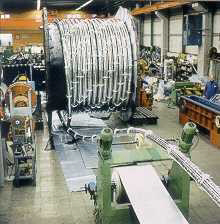
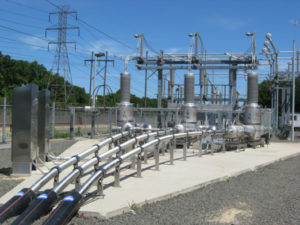
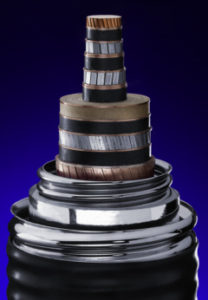
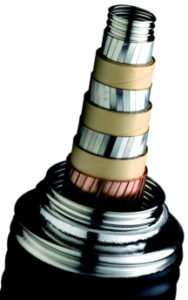
GRID TECHNOLOGY
Superconductor Fault Current Limiters
An increasing power demand world-wide, the continuing growth of distributed generation and a stronger need for grid meshing are creating aggravating issues with high short-circuit currents. Superconducting Fault Current Limiters (SFCLs) provide a completely new and efficient approach to a reliable handling of such faults by exploiting the extraordinarily strong non-linearity related to the superconducting to normal conducting transition of the material.
SFCLs are following the principle „impedance only if and when needed“. There is nearly no impedance during normal operations, the device is “practically invisible” to the grid. Additional impedance is inserted only during fault conditions, thereby reducing the fault current level instantaneously and effectively. After the fault condition systems return to its original condition automatically. Main features of SFCLs are:
ultrafast (react in 1-2 milliseconds), fail safe, no external trigger necessary, automatically self-recovering, wear-free, service only for cooling system.
The technology has already been tested in applications like busbar couplings and feeder bars. Installations are realized e.g. in substations of utility networks and for in line protection in local networks such as the house load of power plants. The installations have proven the safety and reliability of the device in a number of medium voltage installations, predominantly in Europe and the commercialization is underway. The technology has been successfully demonstrated also for the high voltage level (110 kV and above), first HV devices for permanent installations are showing up now.
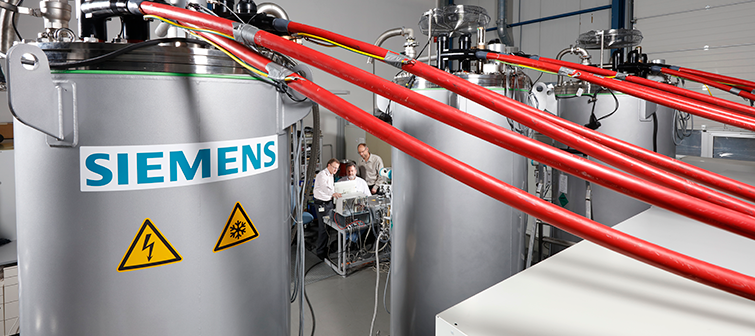
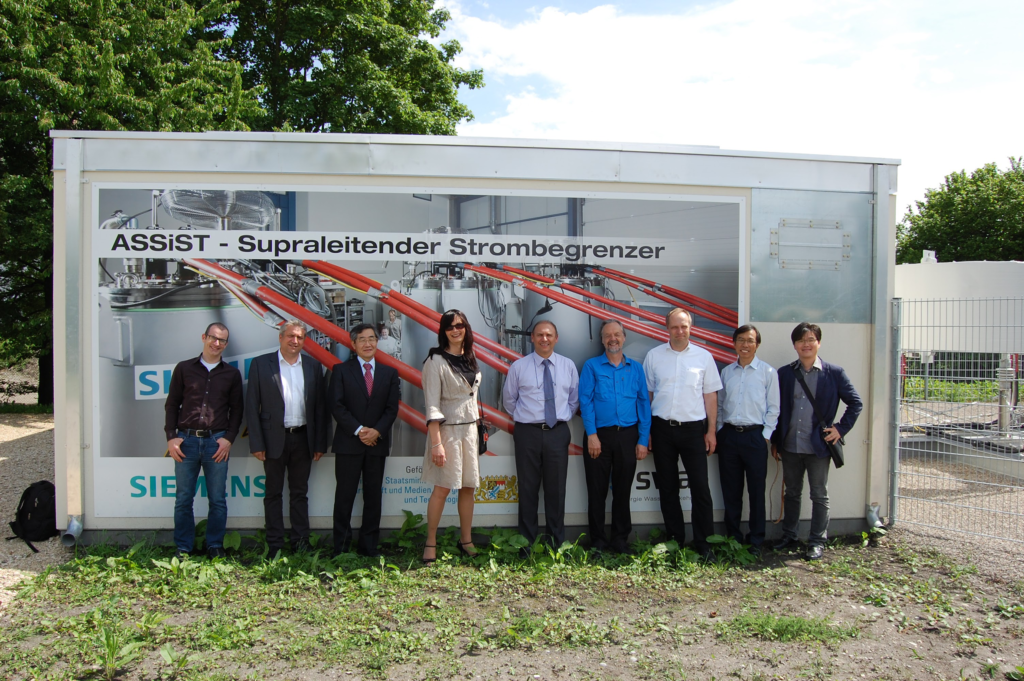
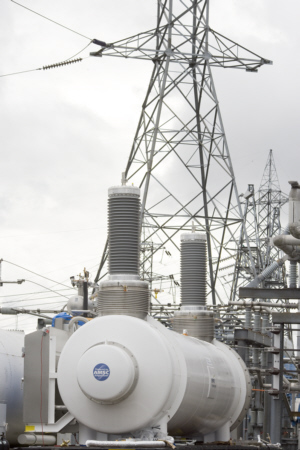
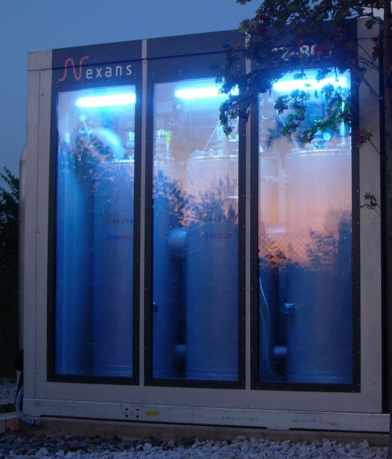
ROTATING MACHINERY
Large Motors, Drives and Generators based on HTS
An increasingly promising application area for HTS is the whole area of rotating machines. Superconducting motors and generators primarily aim at higher efficiencies, coupled with weight and size reductions. These attributes make them attractive e.g. for ship applications but also for wind power generators. The key advantage e.g. for wind power generators is an anticipated weight saving of more than 40 % compared to conventional direct drive generators. In addition, superconducting machines also offer a stiffer operational mode i.e. a reduced dependence on fluctuations of the supply grid, in the case of motors or on load fluctuations in the case of generators.
ENERGY STORAGE
Superconducting High-Speed Flywheel Storage with HTS Bearing
Superconducting bulk materials offer the unique possibility to build a self-stabilizing frictionless magnetic bearing for rotating machines. The typical material used for this application is melt-textured YBCO. In contrast conventional magnetic bearings always require an additional active monitoring and control system.
By combining superconducting bearings and carbon fiber rotors the long-known technology of a flywheel energy storage system can be transformed into a modern storage system with high power density and long life-time. Modern carbon fiber materials allow an operation of such systems at more than 10,000 rounds per minute and since the magnetic bearing is frictionless, the energy does practically not decay over time (as it is the case with mechanical bearings). Flywheel energy storage devices are ideal for applications such as UPS systems or for power quality management in the grid.
ELECTRONICS
HTS and LTS thin films for Devices, Filters, and Squids
Electronics applications are based on superconducting thin films usually embedded in multi-layer structures. Passive high-frequency and microwave devices utilize the ultra-low high-frequency losses of superconductors. Filter systems mostly made of HTS YBCO-123 offer an improved coverage in rural areas and better usage of limited transmission bandwidths in densely populated areas. Due to these attributes such filter systems have been installed in more than thousand base stations for wireless communication, predominantly in the US.
SQUIDs, with their otherwise unattainable ultra-high magnetic field sensitivity, have for a long time been in use for materials characterization, scientific instrumentation and some very special applications such as geophysical exploration. They are also used in Magnetocardiography (MCG) and Magnetoencephalography (MEG) systems installed in more than one hundred hospitals all over the world working on clinical research on heart and brain.
